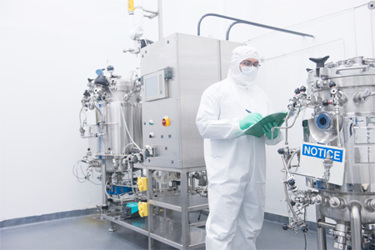Oligonucleotide Manufacturing: Take Control Of Your Process
By Lucy Cook, Ph.D. Global Marketing Manager for Nucleic Acid Therapeutics

If you are involved in the development of antisense oligonucleotides (ASOs), siRNA, or other oligonucleotide therapeutics, you are likely well aware of the significant potential these molecules hold. To effectively tap into this potential, it is crucial to focus on key aspects during the early stages of process development for oligonucleotide therapeutics. The decisions made at this stage can profoundly impact various aspects later on, including speed to market, regulatory acceptance, manufacturing costs, and the ability to achieve process sustainability at large scale.
Oligonucleotide therapeutics are synthetic strands of DNA or RNA designed to specifically target and bind to particular gene or protein sequences. Their high specificity makes them promising candidates for treating conditions such as cancers and genetic diseases. Additionally, they are used in applications such as CRISPR-mediated gene editing.
Here, we outline five essential factors that contribute to success in oligo synthesis, scale-up, and manufacturing.
Get unlimited access to:
Enter your credentials below to log in. Not yet a member of Life Science Leader? Subscribe today.
